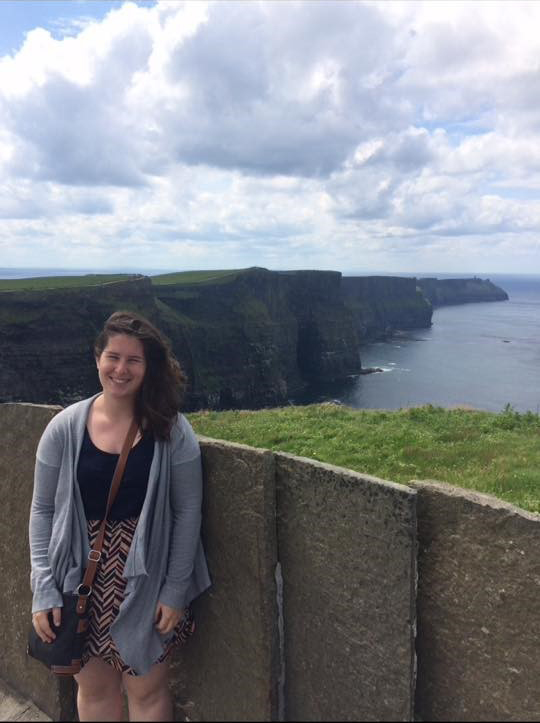Dana Jablonski | Co-Op Program
 Why did you choose biomedical engineering?
Why did you choose biomedical engineering?
I was interested in becoming a doctor when I was in high school. I was encouraged by my teachers to consider engineering for my undergraduate education. This led me to biomedical engineering (BME) because it is a good way of combining health care and engineering. Once I got into college, I changed my mind about becoming a doctor, but stayed with BME because I loved the impact that I could make in the world as a biomedical engineer.
What did you do in the co-op program?
I worked in development engineering, so my main job at first was to support the engineers by helping with the computer aided designs (CAD). After a few months I was given my own design projects to lead. This involved all of the design work, paperwork, and all the testing.
What did you learn from your co-op experience?
I learned a lot more on co-op than I thought I would. Beyond the CAD skills, and documentation practices, I was able to enhance my presentation skills. Probably more important than that though, I learned what I want to look for in companies for my future career. I found what is important for me in the culture of a company and what questions to be asking during the interview process to make sure that the company and I are a good fit for each other.
How did you get interested in sports medicine?
Going into Industrial Roundtable, I knew that I wanted to get into the biomechanics field. Naturally then I talked to all the orthopedic companies that were in attendance. When I was talking to the representative from Biomet, I learned about their sports medicine department. I had never realized that sports medicine could be part of the biomedical engineering field, but listening to it being described really piqued my interest. Growing up I played a lot of sports, and saw a lot of players sidelined because of injuries. My own brother tore the labrum in both of his shoulders causing him to sit out multiple sport seasons, costing him potential college scholarships. I knew that by going into sports medicine I could make the difference in a kid's life of being able to get back on the field sooner and regain their chance of going to college on a sports scholarship.
What is sports medicine?
On the job I did a lot of learning about what sports medicine entails. It has a wide range of soft tissue tears and repairs that it includes such as rotator cuff tears, meniscus tears, labral tears, and ACL tears. The department that I worked for worked on the implants to fix the tears and the instruments used during the surgery. My design focus was on instruments. I worked a lot on making instruments that could be used in minimally invasive surgeries. Minimally invasive surgeries are ones where the incision through the skin is as small as possible, usually less than an inch long. This is a great improvement in comparison to a typical ACL surgery where the incision is over 3 inches long. The longer the incision, the longer the recovery time, so the goal of minimally invasive surgeries is to get the patient back into physical therapy as soon as possible, thus getting them back into everyday life as quickly as possible.
What was your favorite memory from your co-op experience?
I really loved all the cadaver labs that I was able to participate in for product testing. The best moment in one of those was when a surgeon who had been using a device that I designed asked if he could take it home with him because he liked it so much.
